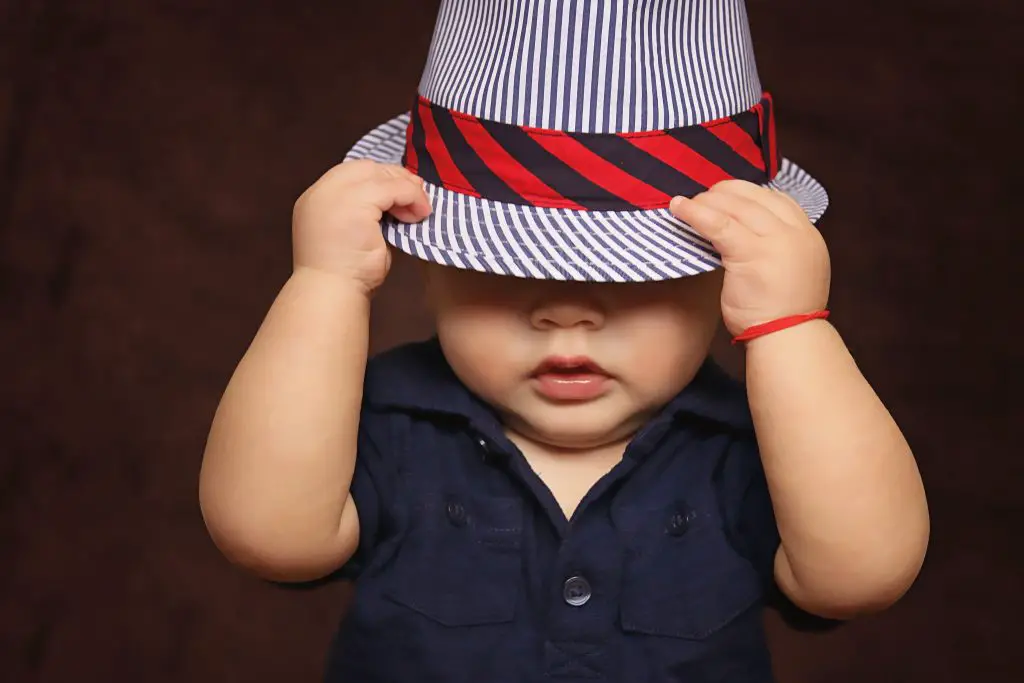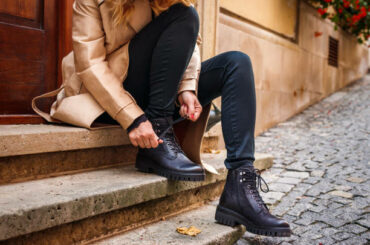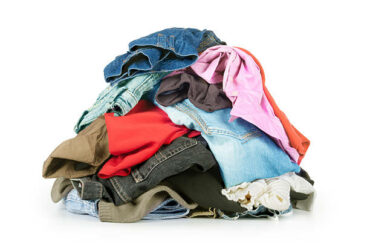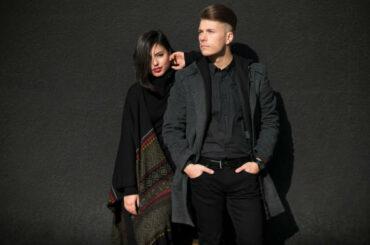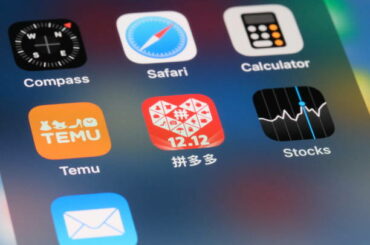Having a baby is like falling in love again and again, but raising a child is not an easy thing. The necessities of a child are complex. As all things affect the child’s growth, any parent should be more concerned about the child’s needs. Baby clothing is also an essential need for your kid.
Baby clothing is mainly about the happiness of the child. You should keep in mind that you’re shopping for comfy, adjustable, and attractive goods while shopping for baby clothing. Baby clothes with adorable ornaments are OK as long as you are mindful of any ornament that may be ripped and dangerous. 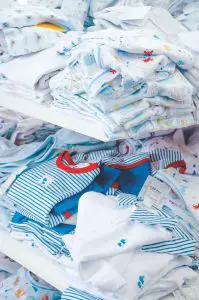
Contents
During the first days,
If you are a parent having your first baby, these tips are for you.
- Purchasing clothing in several sizes is essential because your child will grow more than you expected. By this method, you can get a rough knowledge about the growth of your little fellow.
- The other important tip is choosing less expensive items. The reason for this suggestion is that the baby’s rapid growth during the first few months may increase the cost of baby clothes. Therefore, it will be beneficial if you choose less expensive items, like bodysuits and cozy sleepers. Also, most of the suits cannot be reused.
- Pick only clothes that can be machine-washed. You will likely need more time to hand-wash your baby’s new clothes once you’ve brought your bundle of joy home, even though hand-wash-only baby clothing may be incredibly adorable. If this is your first child, the responsibilities of being a first-time parent can be overwhelming, and you’ll go through laundry faster than you can keep up with. To save time and guarantee that your newborn’s wardrobe is always clean and ready to go, it is crucial to find and buy baby clothes that can be safely washed in the washing machine.
- Fabrics Breathable natural fabrics, like organic cotton, are best for a newborn’s sensitive skin because they stop sweat from condensing on the skin. Soft fibers are the kindest option for clothing directly contacting a baby’s skin, such as sleepers, grow suits, rompers, and more.
- Most newborns weigh between 3 and 4 kilograms, which relates to a size 0000. We frequently overlook getting newborn clothes in these smaller sizes, but you’ll need a few 0000 onesies and bodysuits.
| New born | 3 Months | 6 Months | 12 Months | 18 Months | 24 Months | |
| Chest | 16” | 18” | 19” | 20” | 21” | 22” |
| Waist | 16” | 18” | 19” | 20” | 21” | 22” |
| Hip | 17” | 19” | 20” | 21” | 22” | 23” |
| Center Back to Wrist | 9” | 10” | 11” | 12” | 14” | 16” |
| Back to Waist | 5.5” | 6” | 6.5” | 7” | 7.5” | 8” |
| Shoulder to Shoulder | 6.5” | 7” | 7.5” | 8” | 8.5” | 8 ” |
- Baby items should be of high quality and in neutral colors since babies use them quickly so that they can be reused or bestowed to family and friends.
- Whether a girl or a boy, these baby clothes are essential for your new one in their wardrobe.
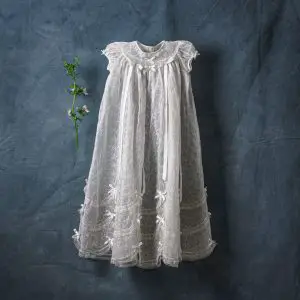
Sleepers
Sleepers are usually full-body suits. This is a one-piece. With this suit, your little one sleeps and plays without any disturbance from what they wear. To make changing diapers simple, look for ones with front and leg zippers.
For the first few months, babies should be dressed in one-piece outfits round-the-clock because sleepers make diaper changes easier at this age when babies need to be changed frequently.
You will need 7 to 10 pieces of sleepers in the first few months.
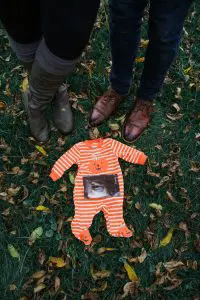
Stretchy pants or Leggings
Baby leggings make replacing one piece of dirty clothing easier than replacing the whole outfit. Choose ones with an elastic waistband so they can easily fit your baby’s diaper and belly and expand as your little one puts on weight.
You will need 5 to 7 pieces of these leggings.
Bodysuits
Bodysuits or Onesies are short or long-sleeved clothes that pull over your baby’s head and snap under his diaper to keep your baby covered even while they sleep or moves around. After a diaper blow-out, bodysuits with a stretchy neckline and a collar that separates at the shoulders come in handy because you can pull the dirty clothing down rather than over your child’s head. Just keep in mind you will need about 5 to 7 Bodysuits.
Sweaters
Choose jackets, zip-up sweaters, and sweatshirts that are simple to put on and take off. You should also buy a winter coat or super soft jumpsuits that are simple to slip over your baby’s outfit if you live in a freezing area.
Hats
The best baby hat to choose will depend on the season and weather.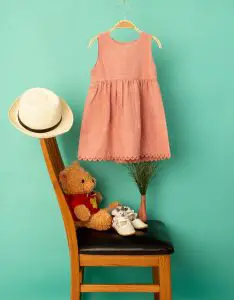
Socks
Since you’ll probably need to replace lost items more than once, keep baby shoes, leg warmers, and socks on the cheap side. Snap-on booties are more durable than baby socks.
Pajamas
Avoid baby sleepwear with numerous snaps that require a lot of effort to put on or take off, no matter how adorable it may look. Some parents prefer nightgowns for newborns, while others prefer the advantage of shifting out a wet pair of pajamas without changing the top. Furthermore, some people only wear sleepwear at night and during the day.
So let me list the needed things again.
Summary of baby clothing terminology
- A top with no legs that fastens over the diaper is known as a onesie or bodysuit. Either long or short sleeves are possible.
- Sleepers are all-in-one garments with long sleeves and legs that typically cover the feet, though some may not.
- A Sleeper with open feet, a footless sleepsuit.

- A one-piece outfit with exposed feet and hands is called a romper.
- An all-in-one winter outfit is a snowsuit or a pram suit.
- Bloomers are adorable little shorts that cover the diaper of a baby. These are intended for the summertime.
- Soft mittens called “scratch mits” are placed on a baby’s hands to prevent them from using their fingernails to scratch their faces. When sleeping, newborn babies frequently rake their hands over their faces.
What a starter kit?
When you combine everything, what baby clothes do you require?
You will be excellent with the following as a basic “starter kit”:
- Onesies
- Sleepers
- Jumpers
- Hats
- a warm coat or a stroller suit to wear outside
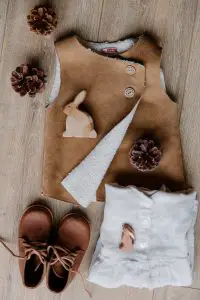
By layering cotton blankets on each other, you can keep your baby warm at night or when playing outside.
Your newborn baby will only need socks or shoes once they start toddling around on their feet toward the end of the first year. They also won’t need things like socks with a Sleeper.
If your child was born in the summer, you could easily dress them in a sleeveless onesie on hot days.
History of baby clothes
During the 1700s and 1800s, both “long clothes” and “short clothes” are gender-neutral. All newborns, both boys and girls are clothed in long, white, hand-made dresses that reach at least as far as their feet! Once they begin to crawl, infants don “short clothes,” or dresses that reach their ankles.
Pink and blue become popular baby colors in the 1850s. Initially, neither hue is connected to a specific gender.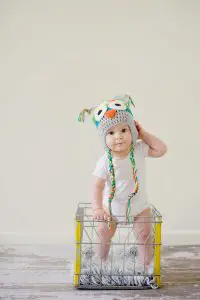
Babies begin to wear one-piece rompers in the 1890s. Baby outfits with unisex pants make it simpler for them to crawl.
1900s: More parents start purchasing clothing rather than making it themselves. Baby clothing becomes one of the biggest industries in the country by 1915.
1920s: Baby clothing designs were initially gender-neutral, but over time specific motifs came to be connected to each gender. Boys like dogs and drums, and girls like kittens and flowers.
1950s: Gender-specific colors start to gain popularity. Officially, blue is the preferred color for boys, and pink is the preferred color for girls.
Mid-1960s: Baby clothing begins to backtrack to gender neutrality once more; bold colors and ruffles are fashionable and appropriate for both boys and girls.
The market for designer baby clothing opened in 1967. Dior is one of the first fashion houses to offer a high-end line for the little set.
Parents begin to retaliate against pink in the 1970s. Clothing without gender is still in demand. There hasn’t been any pink toddler clothing in the Sears Roebuck catalog for two years.
1980s fashion brings back pink and blue with a vengeance. Prenatal testing advances have made learning the sex of unborn children the norm, and “gendered” colors are making a solid comeback.
Late 1980s: Children begin to wear branded clothing. It has become commonplace for kids’ clothing to feature licensed designs from Nickelodeon and Sesame Street.
1990s: San Francisco, California, is the birthplace of the BabyGap line.
Today, kids are dressed in adult clothing. The US’s market for children’s clothing hit $156.8 billion in 2015.
There are luxury lines for children from brands like Tom Ford, Dolce & Gabbana, Burberry, Oscar de la Renta, and Stella McCartney, among others. Of course, your baby is adorable regardless of their outfit.
Read More : Best shoe types to wear with shorts for guys in 2023

